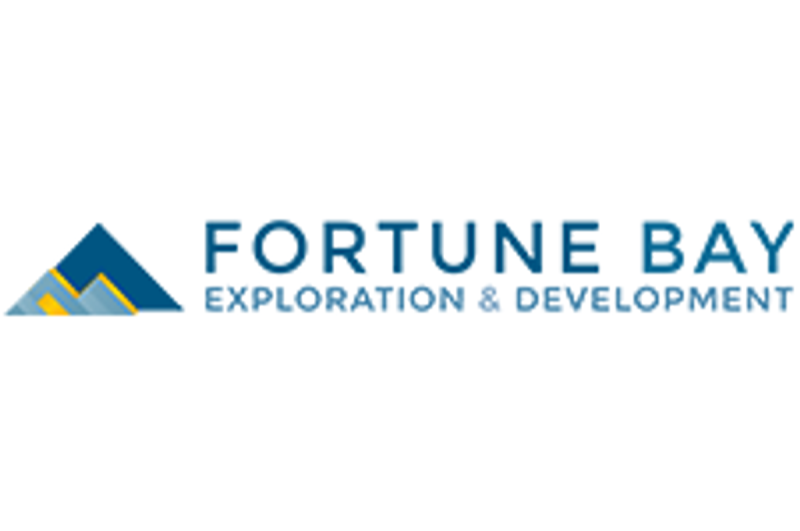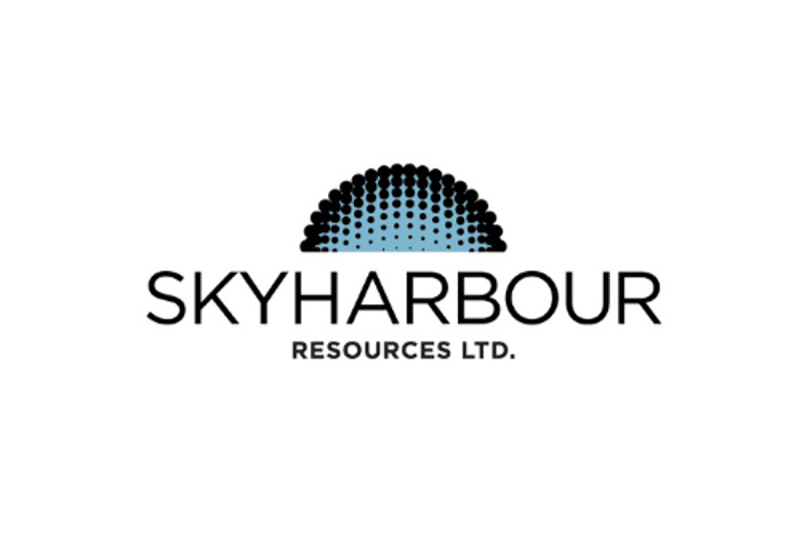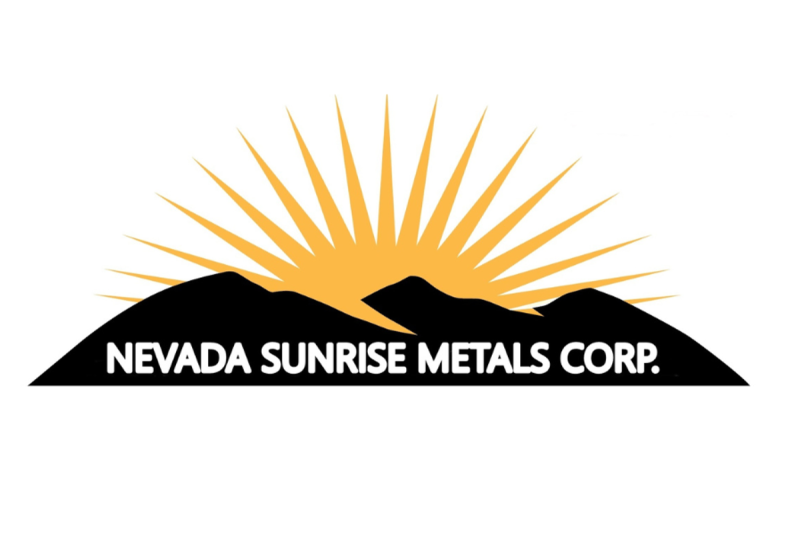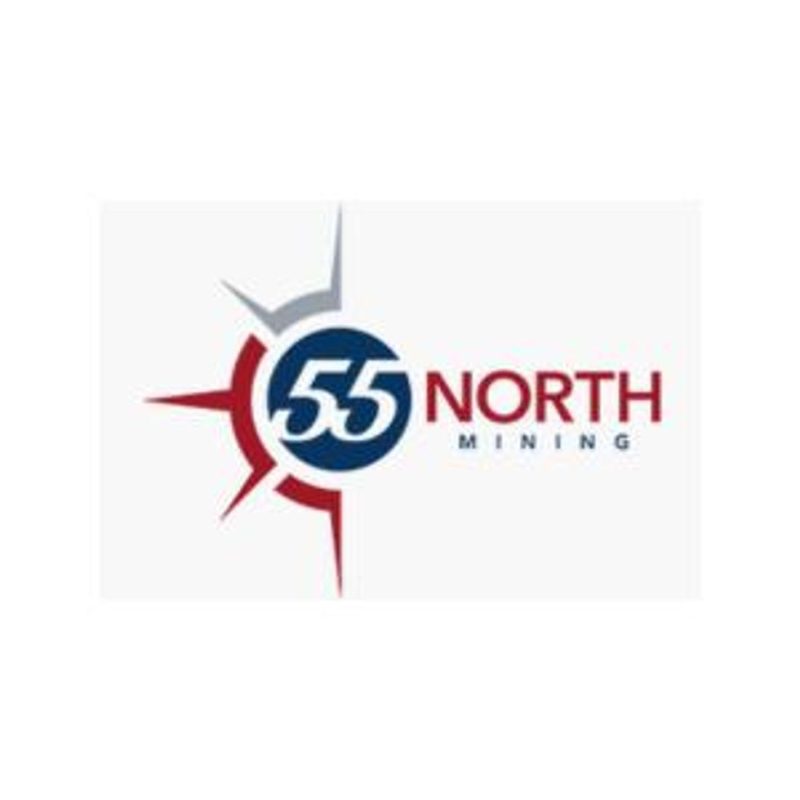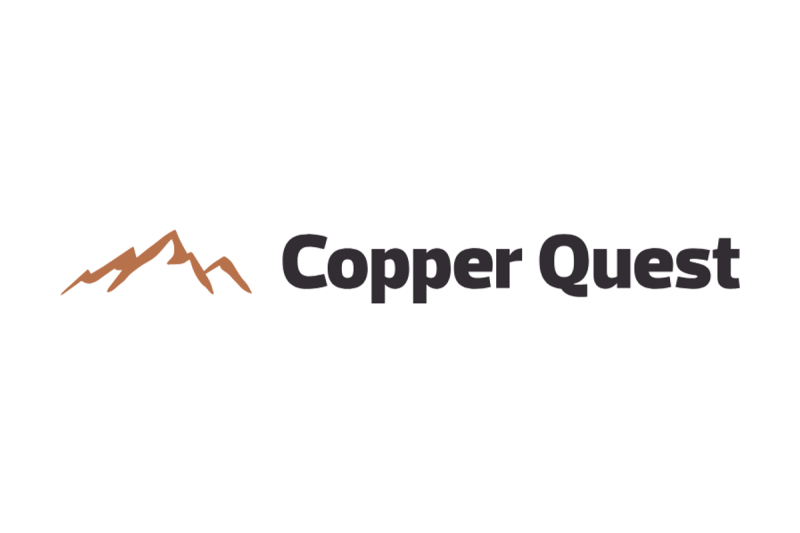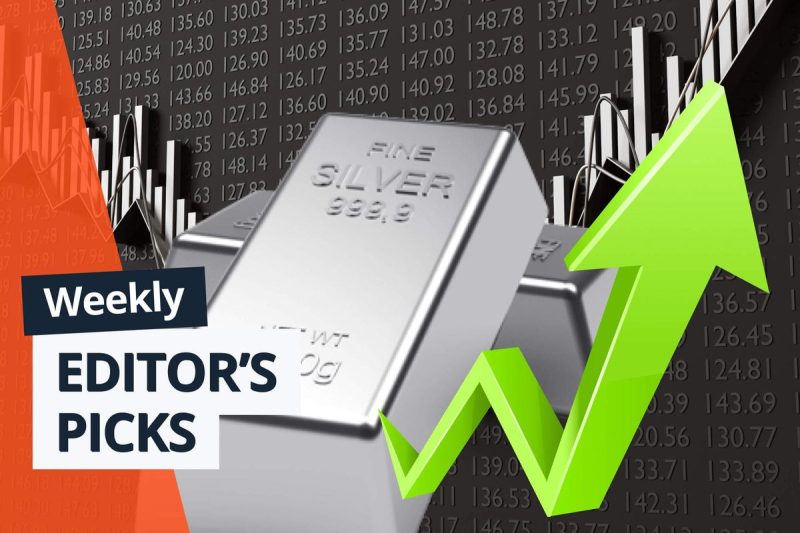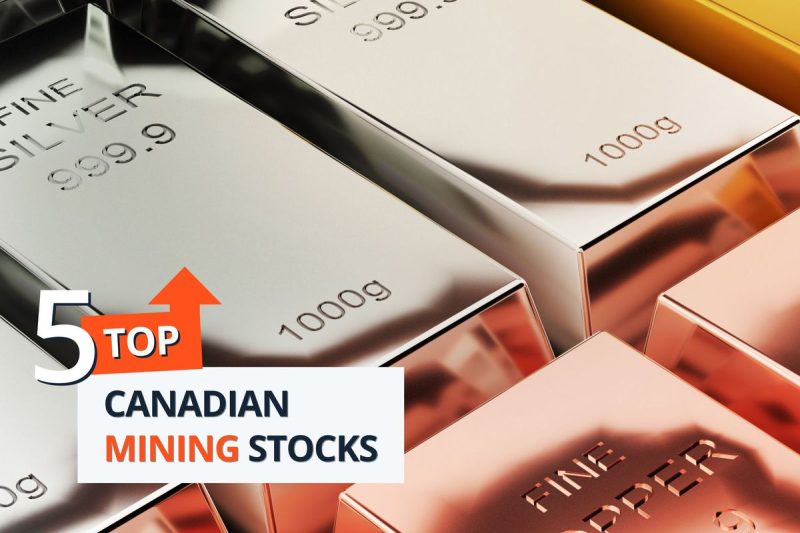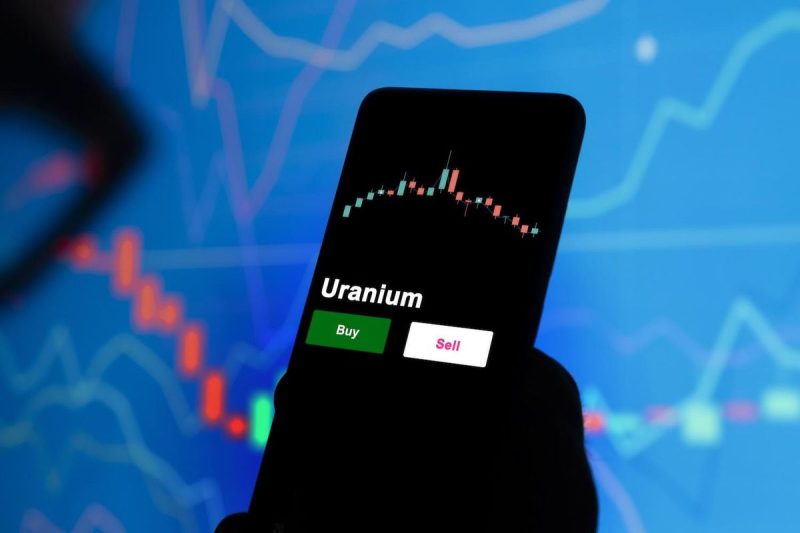We also break down next week’s catalysts to watch to help you prepare for the week ahead.
In this article:
This week’s tech sector performance
Major US equity indexes opened the month lower on Monday (December 1), with Big Tech and crypto‑linked stocks under pressure after Bank of Japan Governor Kazuo Ueda spoke to business leaders in Nagoya.
During his speech, Ueda said the BoJ will weigh “pros and cons” of a rate hike at its December 18-19 meeting, fueling yen carry trade fears. The unwind echoed August 2024 volatility but stayed contained.
By Tuesday (December 2), large indexes had stabilized and moved higher, helped by ongoing enthusiasm for AI infrastructure names after MongoDB (NASDAQ:MDB) reported its third quarter revenue after hours on Monday, beating estimates and igniting a rally for cloud and software companies.
Major indices closed higher, and markets pushed further up on Wednesday (December 3) on weak ADP jobs data, boosting Fed cut odds to 85 percent; however, AI demand doubts surfaced amid reported high-bandwidth memory shortages.
On Thursday (December 4), the S&P 500 (INDEXSP:.INX) ticked up slightly premarket, then flattened, while the Nasdaq Composite (INDEXNASDAQ:.IXIC) dipped amid yield pressure.
Tech weakened as investors took profits before rotating into small caps.
The week culminated with the S&P 500 closing near record levels on Friday (December 5), while the Nasdaq also notched gains after a week of volatility and leading up to next week’s Federal Reserve meeting.
3 tech stocks moving markets this week
1. MongoDB (NASDAQ:MDB)
MongoDB, a database company, surged after-hours on Monday after Q3 earnings beat estimates.
The company reported US$628 million in revenue, far past expectations of US$594. Earnings per share came in at US$1.32, blowing past expectations of US$0.79. Revenue for Atlas, MongoDB’s fully managed cloud database service, grew by 30 percent from last year’s report, driven by AI workloads.
The company raised its 2026 fiscal year guidance, sparking a rally that extended into Tuesday’s trading day, lifting cloud peers such as Snowflake (NYSE:SNOW) and Datadog, as well as enterprise software like Oracle (NYSE:ORCL) and ServiceNow (NYSE:NOW).
2. Marvell Technology (NASDAQ:MRVL)
Marvell Technology announced plans to acqure optical chip startup Celestial AI for US$3.25 billion in a mix of cash and stock on Wednesday, sending its shares up by over 10 percent.
The company plans to harness Celestial’s Photonic Fabric to accelerate photonics tech for AI data centers.
“The acquisition of Celestial AI is a transformative step in Marvell’s evolution and expands our leadership in AI connectivity, as scale-up becomes the next frontier in AI infrastructure,” said Matt Murphy, Chair and CEO of Marvell. “This builds on our technology leadership, broadens our addressable market in scale-up connectivity, and accelerates our roadmap to deliver the industry’s most complete connectivity platform for AI and cloud customers.”
After the announcement, Roth Capital Markets analyst Suji Desilv raised his price target for Marvell to US$135 from US$150, reiterating a “buy” rating.
3. Salesforce (NYSE:CRM)
Shares of Salesforce jumped over eight percent postmarket on Wednesday after the company reported a strong performance in Q3 that surpassed analyst expectations. Revenue rose 9 percent year-on-year to US$10.3 billion, meeting estimates, while EPS of US$3.25 surpassed expectations of US$2.41.
The company’s AI agent platform, Agentforce, exploded with nearly US$1.4 billion in combined Agentforce/Data 360 bookings growth, up 114 percent YoY. Further fueling positive investor sentiment, the company raised FY26 revenue guidance to between US$41.45 and US$41.55 billion, reaffirming its +US$60 billion revenue target by FY30.
Salesforce, MongoDB and Marvell performance, December 1 to 5, 2025.
Chart via Google Finance.
Top tech news of the week
Tech ETF performance
Tech exchange-traded funds (ETFs) track baskets of major tech stocks, meaning their performance helps investors gauge the overall performance of the niches they cover.
This week, the iShares Semiconductor ETF (NASDAQ:SOXX) advanced by 5.59 percent, while the Invesco PHLX Semiconductor ETF (NASDAQ:SOXQ) saw a weekly gain of 5.36 percent.
The VanEck Semiconductor ETF (NASDAQ:SMH) increased by 4.38 percent.
Tech news to watch next week
Investors will be watching for signals ahead of the Federal Reserve’s rate decision on December 18. As of Friday afternoon, the market had priced in a rate cut at odds of over 90 percent.
Growth stocks could sell off hard next week if a cut is delayed.
The Bank of Japan’s interest rate decision on December 19 is another key event. A rate hike could trigger an unwind of the yen carry trade, potentially causing another dip in tech stocks.
Securities Disclosure: I, Meagen Seatter, hold no direct investment interest in any company mentioned in this article.


